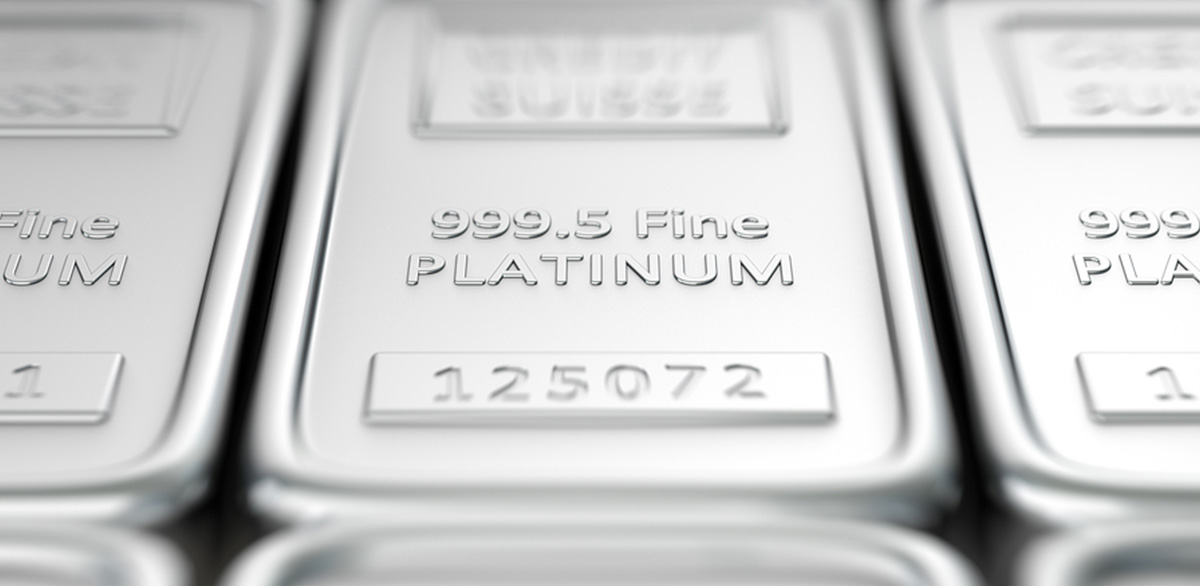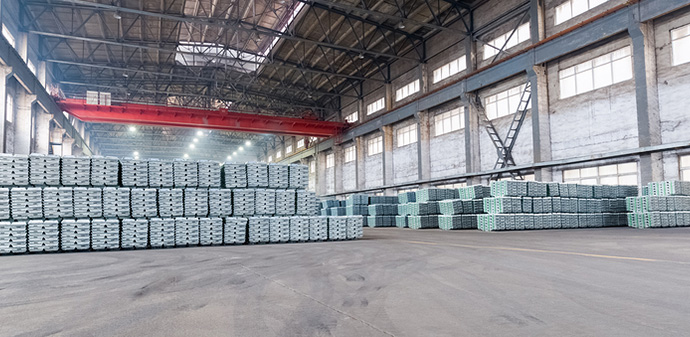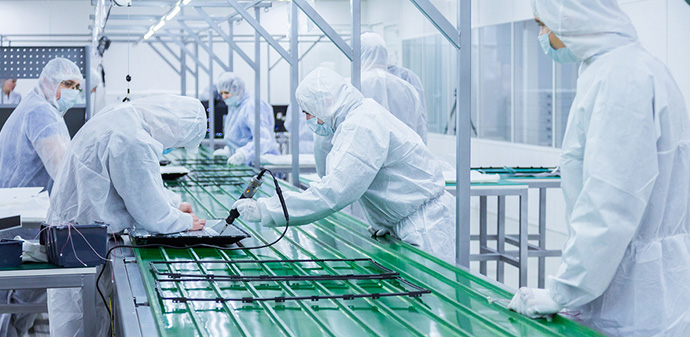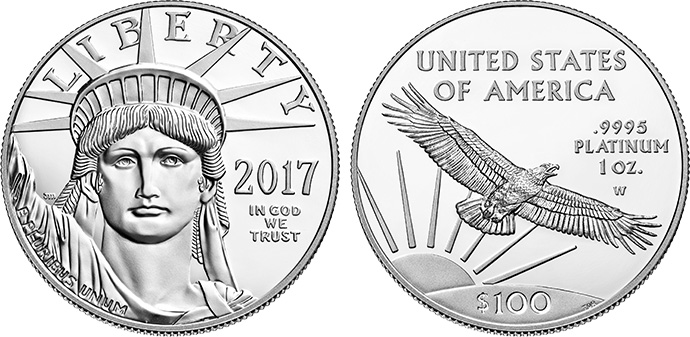
What Drives Platinum Prices?
Below are five key factors that affect the price of platinum.
1. Supply

As of 2016, South Africa produces approximately 70 percent of the world’s newly mined platinum but historically has produced as much as 75 percent. As a result, conditions in South Africa are crucial to the supply of platinum.
Given that South Africa’s political environment, like that of many developing countries, has become increasingly volatile in recent years, platinum supply is subject to a fairly high degree of political risk. South African platinum production has been hit by labor disputes, issues with power and water availability, and even foreign currency instability. These risks were felt particularly hard in 2014, when workers for Anglo American Platinum, Impala Platinum, and Lonmin all went on strike, which hit 40 percent of global platinum production. The price of platinum is obviously affected by these types of supply shocks.
2. Auto Industry

One of the biggest uses for platinum is as catalysts in car manufacturing. Platinum’s low reactivity makes the metal a key component in the manufacture of catalytic converters, which have been used since the 1970s to dramatically reduce emissions from cars with internal combustion engines. The catalytic converter has become nearly ubiquitous over the last 25 years and as a result, has pushed demand for platinum to new highs.
Current demand is still experiencing growth as China’s appetite for new cars has dramatically increased the use of platinum in the automotive industry. The growth of the Chinese auto industry is one major influence of the platinum price. As such, many industry experts and market watchers focus on Chinese autos as a way to understand where platinum prices are headed. Demand for platinum from the automobile industry equates to approximately 41 percent of the total, as of 2016.
3. Jewelry Business


Everything you need to know to get started in Precious Metals
Learn how precious metals can strengthen your portfolio, protect your assets and leverage inflation.
Request the Free GuideDemand for platinum jewelry was almost nonexistent 20 years ago. However, in recent times, platinum’s use in jewelry has grown extremely fast. China has again played a major part in this, as Chinese demand for platinum jewelry during the last ten years has skyrocketed.
Recently, the World Platinum Investment Council (WPIC) has noticed growth in Indian demand for platinum jewelry; therefore, Indian demand is expected to put further upward pressure on platinum prices in the coming years as India’s economic growth catches up to China’s. Jewelry demand for platinum accounts for approximately 31 percent of the total as of 2016.
4. Industrial Applications

Platinum is increasingly used for a wide variety of industrial applications, and even some traditional uses of platinum are being expanded by new technological developments. Improvements in automotive catalyst technology and increasingly strict emission standards under the Euro 6 regulations have meant that platinum is now being used to combat nitrogen oxide emissions from diesel engines. One very promising technological advancement comes from fuel cell electric vehicles, which require more than twice the amount of platinum than traditional internal combustion engines.
As a biocompatible metal, platinum is used in pacemakers and for surgical instruments in keyhole surgery. Finally, platinum is increasingly used in liquid crystal displays, to increase storage density for servers that support cloud storage, and in numerous electronic applications. Non-automotive industrial demand accounts for approximately 21 percent of total demand for platinum as of 2016.
5. Investment

Platinum’s use in coinage and for purpose of investment is still relatively new. Bullion and coins were not widely produced until the 1970s, and even the United States produced no official platinum bullion coin until 1997, when the American Eagle Platinum Coin was introduced. As of 2016, investment demand for platinum accounts for approximately 11 percent of total demand.
Where Are Platinum Prices Headed?
With all the factors driving demand for platinum, the key question remains: will platinum prices rise, or perhaps even more pointedly, when will platinum prices rise? Like all commodities, forecasting platinum prices is more art than science, but a report by the WPIC paints an interesting picture. Over the medium- to long-term, the January 2016 paper, “Forecasting Platinum Supply and Demand,” makes the case that platinum demand is poised to outstrip supply quite significantly by 2021, and thus the market should expect the platinum price per ounce to increase over this time frame.
Investing in Platinum
Whether you’re looking for platinum bullion, platinum coins, or to add platinum to an IRA, if you’re thinking about investing in this precious metal, contact the experts at Scottsdale Bullion & Coin (SBC) for more information. The team at SBC is formed of some of the top precious metals consultants in the world and enjoys a stellar reputation throughout the industry. Let SBC help you navigate the complex universe of platinum investing.
